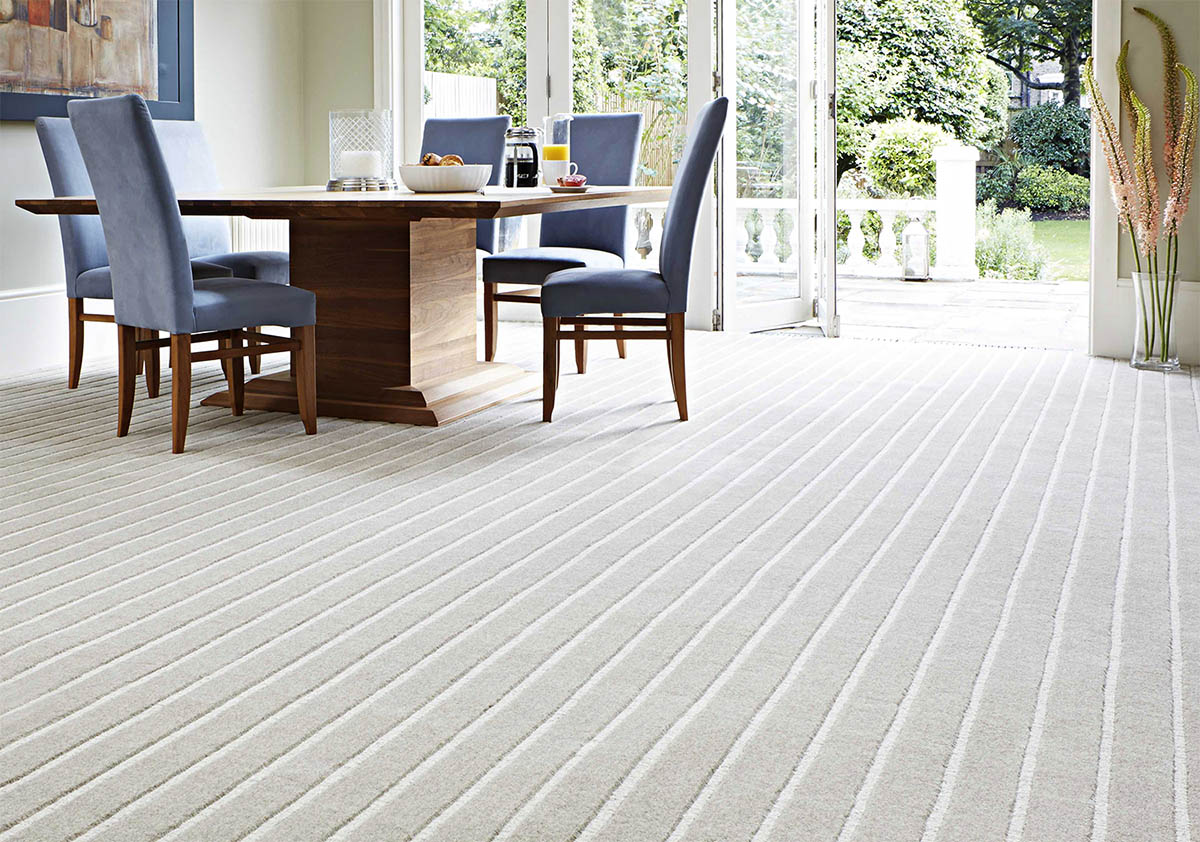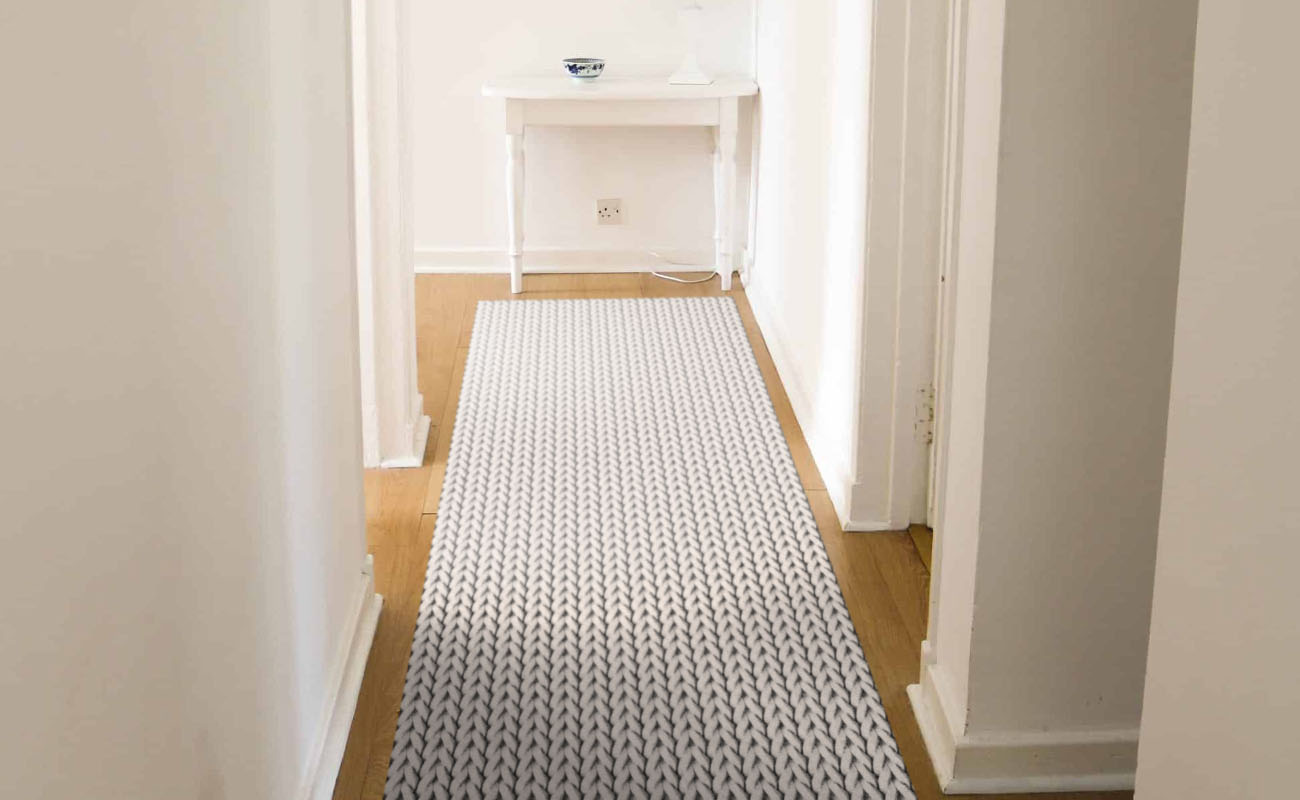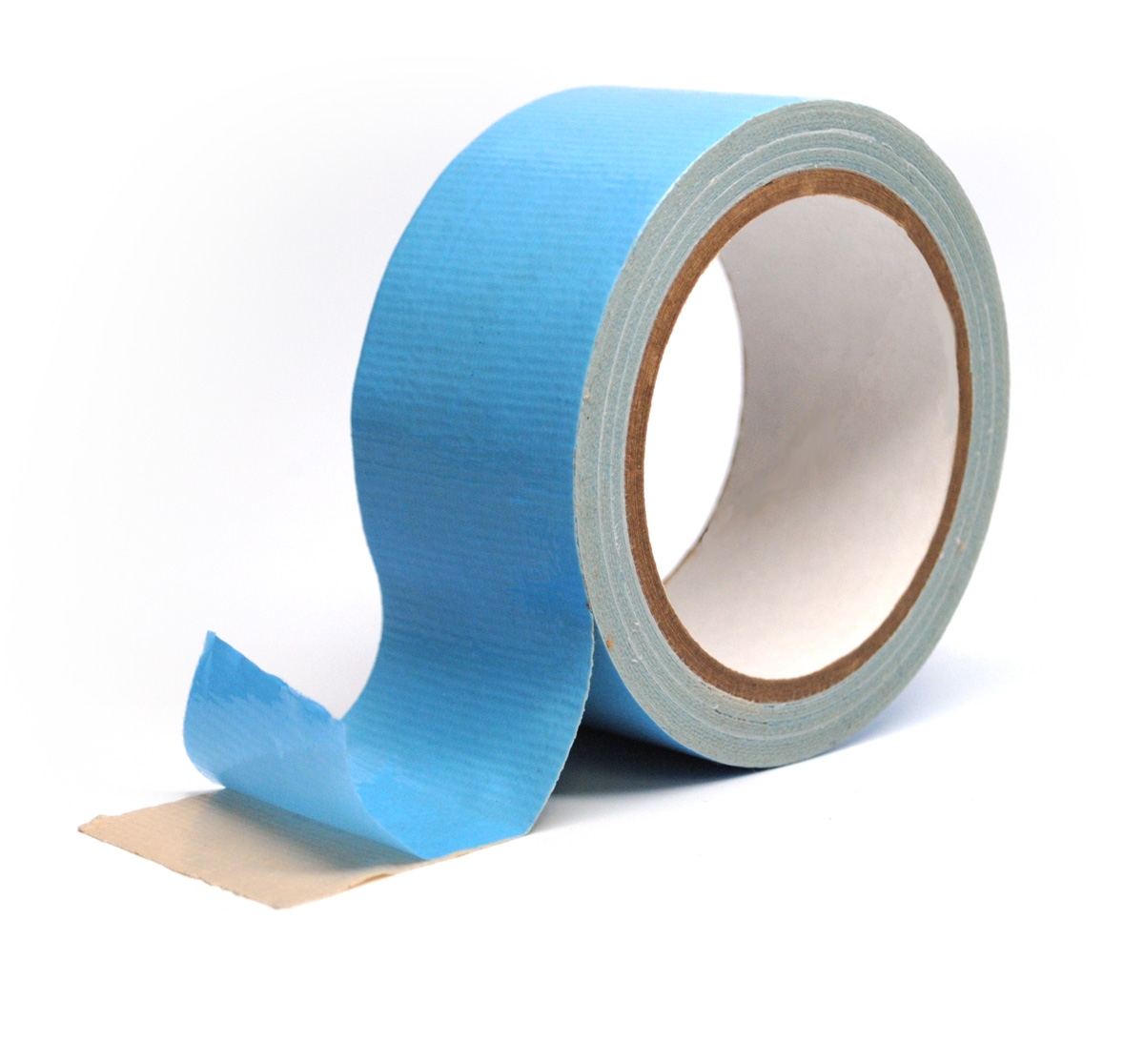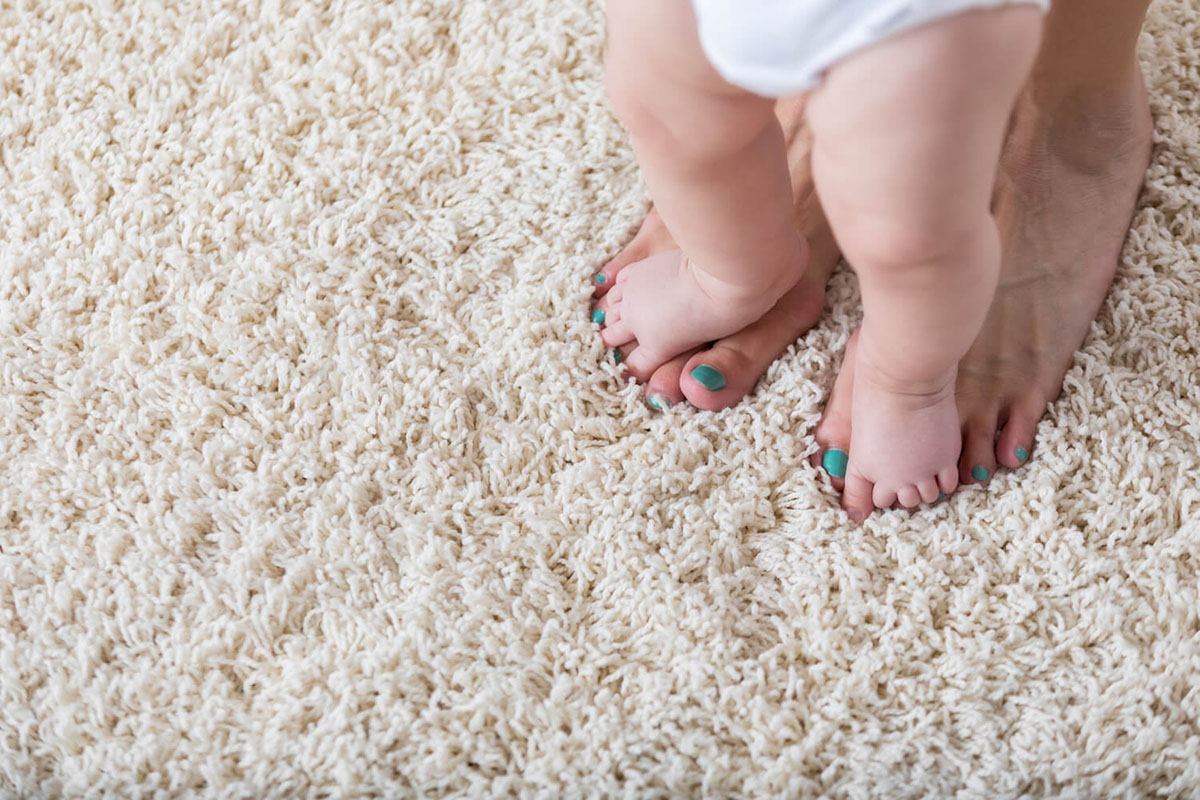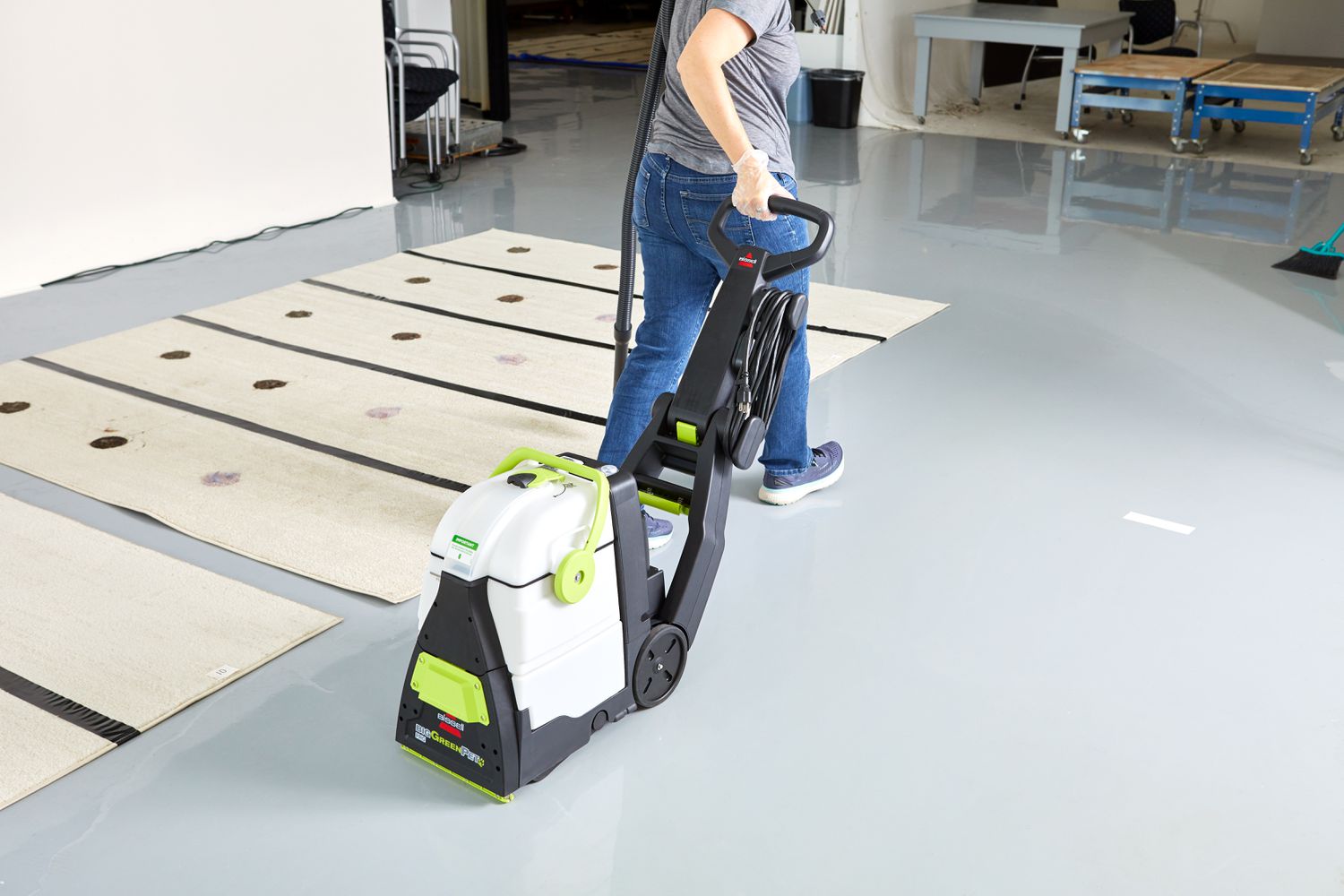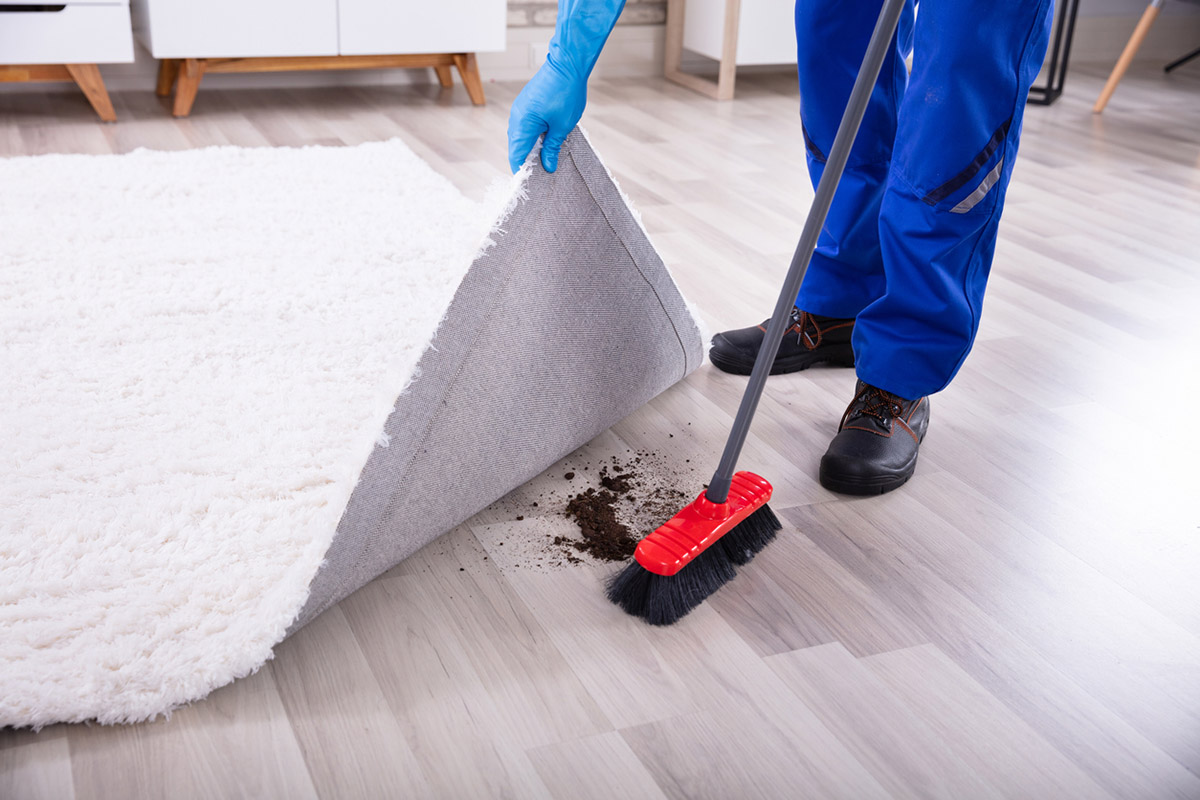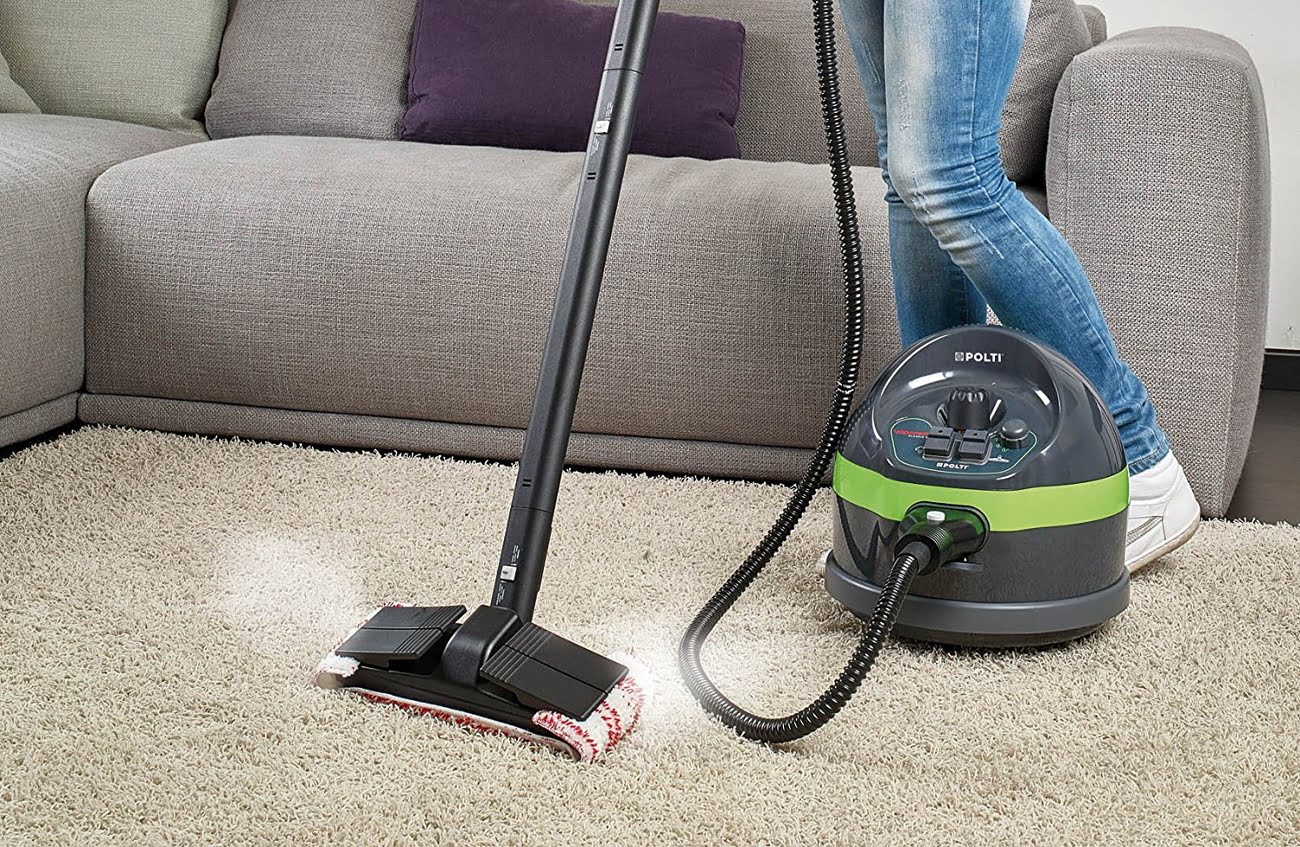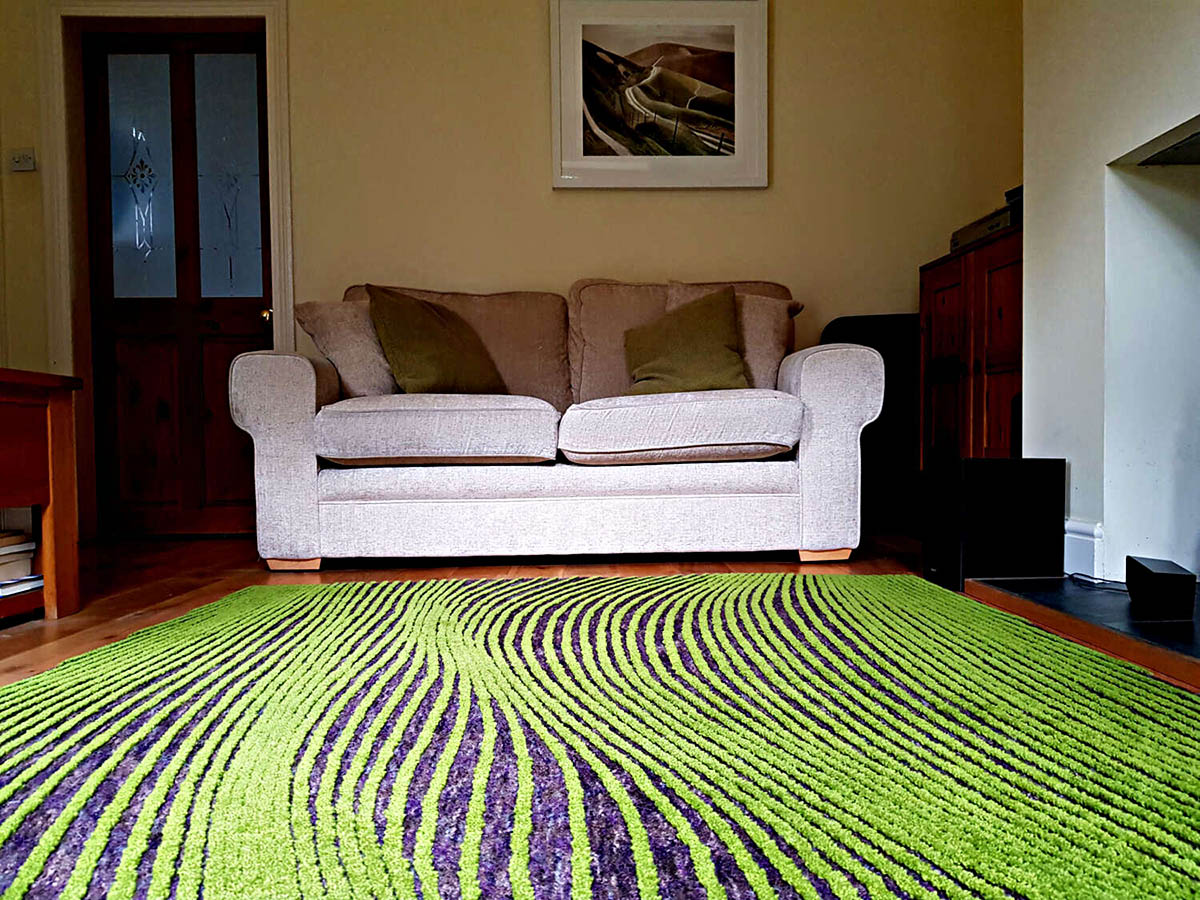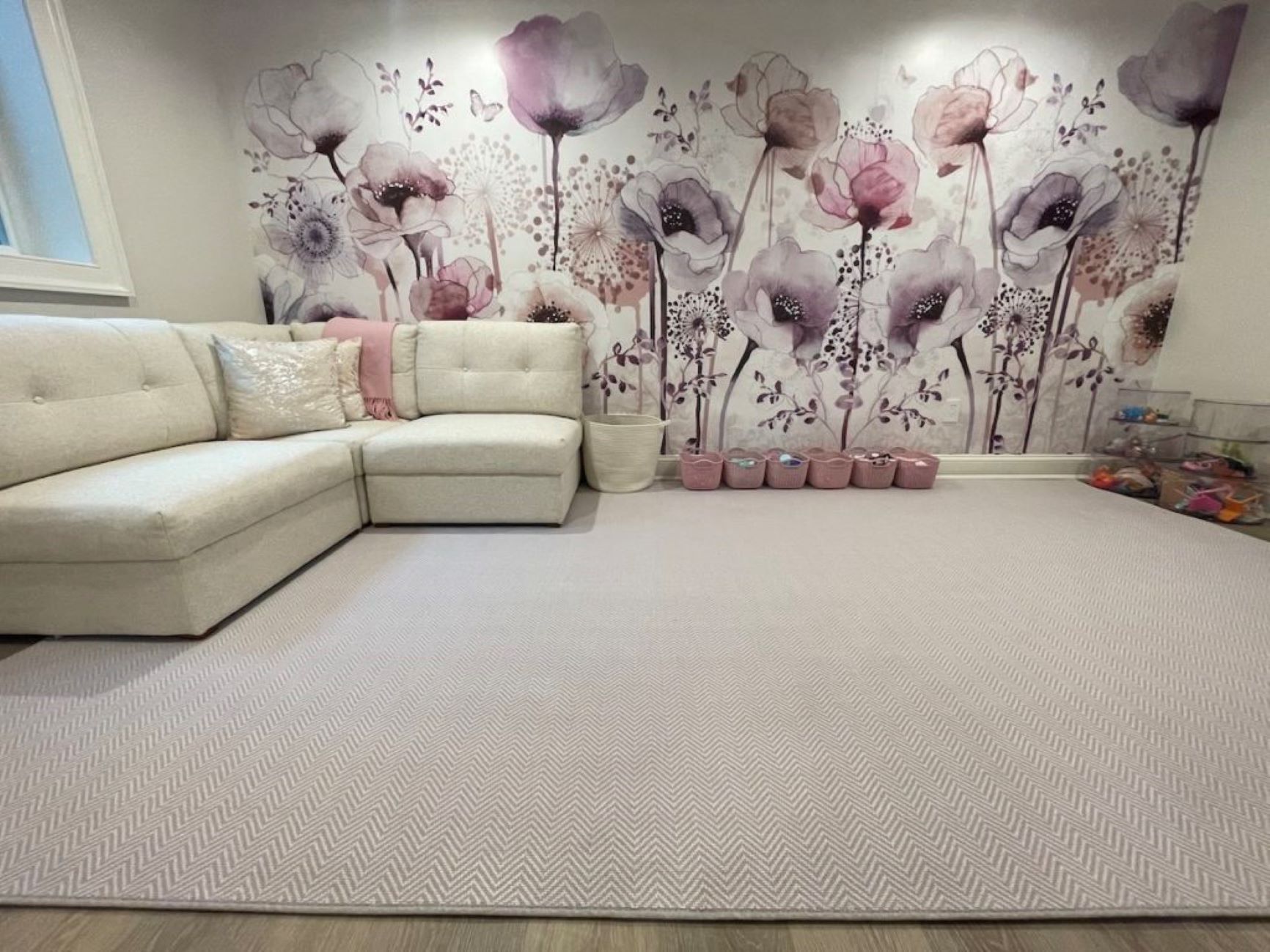

Articles
What Is A Remnant Carpet
Modified: August 28, 2024
Looking to learn more about remnant carpets? Check out our informative articles on the benefits and uses of remnant carpets in various spaces.
(Many of the links in this article redirect to a specific reviewed product. Your purchase of these products through affiliate links helps to generate commission for Storables.com, at no extra cost. Learn more)
Introduction
When it comes to giving a room a fresh, new look, few things have the transformative power of carpet. Not only does it add warmth and comfort underfoot, but it also sets the tone for the entire space. However, buying new carpeting can be a significant investment, both in terms of money and time.
This is where remnant carpet comes in. Remnant carpet, often referred to as “offcuts” or “roll ends,” is the leftover carpet from larger rolls that have been cut to fit a specific space. These remnants can be a cost-effective alternative to buying a full-size roll of carpet, especially for smaller rooms or as replacements for worn-out areas.
In this article, we will explore what remnant carpet is, its benefits, factors to consider when choosing remnant carpet, where to find it, tips for buying and installing it, as well as maintenance and cleaning recommendations.
Key Takeaways:
- Remnant carpet offers an affordable, sustainable, and stylish flooring solution, perfect for smaller spaces and budget-conscious buyers. It reduces waste, provides variety, and quick installation, transforming rooms with ease.
- When choosing remnant carpet, consider size, style, and quality to make an informed decision. Explore various sources, measure carefully, and maintain the carpet for long-lasting beauty and comfort.
Read more: How To Store Carpet Remnants
Definition of Remnant Carpet
Remnant carpet refers to the leftover pieces from larger rolls of carpet that have been cut and sold as smaller-sized sections. These remnants are usually the ends of rolls or the excess pieces that remain after a carpet installation project. While the size of remnant pieces may vary, they are typically smaller than regular carpet rolls, making them suitable for smaller spaces like closets, hallways, or even as area rugs.
Remnant carpets offer homeowners and businesses the opportunity to purchase high-quality carpet at discounted prices. As remnants, they are often sold at a fraction of the price of a full carpet roll, making them an attractive option for cost-conscious buyers.
In addition to being cost-effective, remnant carpet can also be a sustainable choice. By utilizing these leftover pieces, it reduces waste and promotes environmental responsibility. Instead of these remnants going to waste, they find new life in homes or businesses, providing all the benefits of carpeting without the full price tag.
It’s worth noting that while remnant carpets can be a great option for certain projects, they may not always be available in the exact style, pattern, or color desired. Since they are remnants, the selection may be limited, and buyers should be open to the possibility of finding a unique piece that may not match their initial vision but can still enhance their space.
Benefits of Remnant Carpet
Remnant carpet offers several advantages that make it an appealing choice for homeowners and businesses alike. Here are some of the key benefits:
- Cost-Effective: One of the primary advantages of remnant carpet is its affordability. Since remnants are smaller pieces left over from larger rolls, they are often sold at discounted prices. This makes them an excellent option for those on a tight budget or for projects that require carpeting in smaller areas.
- Variety: While the selection may be limited compared to full carpet rolls, remnant carpet still comes in a variety of styles, colors, and patterns. Whether you’re looking for a neutral tone or a bold design, you can often find a remnant that suits your taste and complements your space.
- Reduced Waste: Choosing remnant carpet helps promote sustainability by reducing waste. Rather than discarding the leftover pieces, they are repurposed and given a new life in someone else’s home or office. By opting for remnant carpet, you contribute to eco-friendly practices and minimize the impact on the environment.
- Convenient for Smaller Spaces: Remnant carpet is an ideal choice for smaller areas such as closets, hallways, or even as area rugs. Since remnants are often available in smaller sizes, they can be easily tailored to fit these spaces without the need to purchase a full roll of carpet.
- Quick Installation: Installing remnant carpet can be a faster process compared to larger carpet installations. Since the remnants are already cut and ready for use, the installation time is significantly reduced, allowing you to enjoy your new carpet sooner.
Overall, remnant carpet provides an affordable and sustainable alternative to full carpet rolls. Whether you’re working on a budget or looking to give a smaller space a fresh look, remnant carpet offers a range of benefits that make it a worthwhile option to consider.
Factors to Consider When Choosing Remnant Carpet
When selecting remnant carpet for your space, it’s essential to consider certain factors to ensure you make the right choice. Here are some key factors to keep in mind:
- Size and Shape: Measure the area where you plan to install the remnant carpet and consider the size and shape of the available remnants. Make sure the remnant is large enough to cover the space adequately, taking into account any cutting or trimming that may be required.
- Style and Design: While the selection may be more limited with remnant carpet, consider the style and design options available. Look for remnants that match your aesthetic preferences and complement the existing decor of your space.
- Quality and Durability: Assess the quality and durability of the remnant carpet. Check for any signs of wear, tears, or stains that could affect its longevity. Since remnants may have been exposed to foot traffic in the past, it’s essential to choose a remnant that is still in good condition.
- Color and Pattern: Consider the color and pattern of the remnant carpet. Determine whether the colors and patterns align with your desired aesthetic and whether they will harmonize with the overall design scheme of your space.
- Texture and Comfort: Take into account the texture and comfort of the remnant carpet. Consider the material and pile height to ensure it provides the desired level of comfort underfoot.
- Budget: Determine your budget and look for remnant carpets that fit within that range. While remnant carpet is generally more affordable than full rolls, prices can still vary depending on factors such as size, brand, and quality.
- Installation: Consider whether you will install the remnant carpet yourself or hire a professional. Depending on your skill level and the complexity of the installation, you may need assistance to ensure a proper and seamless installation.
By taking these factors into account, you can make an informed decision when choosing the right remnant carpet for your space. Remember to prioritize your specific needs, preferences, and budget to find a remnant that meets your requirements while enhancing the overall look and feel of your room.
When looking for a remnant carpet, consider visiting carpet stores or warehouses that may have leftover pieces from larger rolls. You can often find high-quality carpet at a discounted price.
Where to Find Remnant Carpet
There are several places where you can find remnant carpet to suit your needs. Here are some common sources:
- Carpet Retailers: Visit your local carpet retailers or home improvement stores. These establishments often have a section dedicated to remnant carpets where you can browse through various options and find a remnant that fits your style and budget.
- Carpet Installers: Reach out to local carpet installers and inquire if they have any remnant carpet available for sale. Since they often have leftover pieces from previous installations, they may be willing to sell them at discounted prices.
- Online Marketplaces: Check online marketplaces like eBay, Craigslist, or local classified ads for individuals selling remnant carpet. Remember to take proper precautions when purchasing from individuals and thoroughly inspect the remnant before making a final decision.
- Specialty Carpet Stores: Consider visiting specialty carpet stores that specifically cater to remnants. These stores focus on selling remnants of different sizes, styles, and price ranges, offering a wide selection to choose from.
- Carpet Warehouse Sales: Keep an eye out for carpet warehouse sales or clearance events. These sales often feature heavily discounted remnants as they clear out excess inventory, providing an opportunity to find great deals on remnant carpet options.
- Online Retailers: Explore online retailers that specialize in remnant carpet sales. These websites offer a wide variety of remnants in different sizes, styles, and colors, allowing you to conveniently browse and purchase from the comfort of your home.
Remember to inquire about the return policy and warranty information when purchasing remnant carpet. While many retailers offer the same protections as full-size carpet rolls, it’s always good to be informed to avoid any potential issues.
It’s important to shop around and compare prices and options to ensure you find the right remnant carpet that meets your requirements. Take advantage of the different sources available to expand your chances of finding the perfect remnant for your space.
Read also: 10 Incredible Carpet Remnants for 2025
Tips for Buying and Installing Remnant Carpet
Purchasing and installing remnant carpet can be a straightforward process if you keep a few tips in mind. Here are some helpful tips to guide you:
- Measure Carefully: Before purchasing a remnant carpet, accurately measure the area where it will be installed. Take note of any nooks, corners, or irregularities that may affect the size and shape of the remnant you need.
- Inspect the Remnant: Thoroughly inspect the remnant for any signs of damage, wear and tear, or stains. Ensure that the remnant is in good condition and meets your quality standards.
- Consider Seam Placement: If the remnant carpet is not large enough to cover the entire area, you may need to create seams. Take into account the placement of these seams to minimize their visibility and ensure a more cohesive look.
- Utilize Carpet Padding: Depending on the specific installation, consider using carpet padding to enhance the comfort and durability of the remnant carpet. The padding can also help to ensure a smooth and even surface.
- Prepare the Subfloor: Before installing the remnant carpet, ensure that the subfloor is clean, dry, and free from any debris or rough spots. A well-prepared subfloor will help to ensure a smooth and secure installation.
- Invest in Proper Tools: To simplify the installation process, invest in the necessary tools such as a carpet knife, knee kicker, and carpet stretcher. These tools will make cutting and securing the remnant carpet much easier and more efficient.
- Follow Installation Guidelines: Whether you choose to install the remnant carpet yourself or hire a professional, make sure to follow the proper installation guidelines. This will help ensure a successful and long-lasting installation.
- Seam and Edge Care: If you need to create seams or cut the remnant carpet to fit the space, make sure to properly secure the edges to minimize fraying or unraveling. Utilize appropriate techniques or consult a professional if needed.
- Maintain and Clean Regularly: Once the remnant carpet is installed, maintain and clean it regularly to prolong its lifespan. Vacuum regularly, promptly address any spills or stains, and consider professional deep cleaning when necessary.
By following these tips, you can ensure a successful purchase and installation of remnant carpet, providing a cost-effective and attractive flooring solution for your space.
Maintenance and Cleaning of Remnant Carpet
To keep your remnant carpet looking and performing its best, regular maintenance and cleaning are essential. Here are some tips to help you maintain and clean your remnant carpet:
- Vacuum Regularly: Regular vacuuming is crucial for removing dirt, dust, and debris from your remnant carpet. Vacuum at least once a week, or more frequently in high-traffic areas, to prevent the buildup of dirt and maintain the carpet’s appearance.
- Address Spills and Stains Immediately: Treat spills and stains promptly to prevent them from becoming permanent. Blot the affected area with a clean cloth or paper towel, working from the outside inward to avoid spreading the stain. Use a mild detergent or carpet stain remover following the manufacturer’s instructions.
- Regular Deep Cleaning: Every six to twelve months, schedule a deep cleaning for your remnant carpet. You can choose to rent a carpet cleaner or hire a professional carpet cleaning service to ensure a thorough cleaning. Deep cleaning helps remove embedded dirt, allergens, and stains, revitalizing the appearance and extending the lifespan of your carpet.
- Avoid Harsh Chemicals: When cleaning your remnant carpet, steer clear of harsh chemicals that could damage the fibers. Stick to mild detergents specifically formulated for carpets or seek professional guidance to ensure you use the appropriate cleaning products.
- Test Cleaning Products: Before using any cleaning product on your remnant carpet, always test it in an inconspicuous area first. This test will help you determine if the product causes any discoloration or damage to the carpet fibers.
- Preventative Measures: Take preventative measures to protect your remnant carpet from excessive wear and damage. Place doormats at entrances to reduce the amount of dirt and debris brought into the space. Use furniture pads or coasters to prevent furniture legs from crushing or indenting the carpet.
- Regularly Rotate Furniture: Periodically rotate furniture to prevent uneven wear and indentation on your remnant carpet. This simple step can help distribute the weight and foot traffic, ensuring that no single area is overly worn.
- Professional Repair: If your remnant carpet suffers severe damage, such as large tears or permanent stains, consider consulting a professional carpet repair specialist. They can assess the damage and provide appropriate solutions, such as patching or reseaming, to restore the appearance and integrity of the carpet.
- Follow Manufacturer’s Guidelines: Always refer to the manufacturer’s guidelines and recommendations for specific maintenance and cleaning instructions. Different carpet types may have specific care requirements, and following these guidelines will help maintain your remnant carpet’s warranty and prolong its lifespan.
By following these maintenance and cleaning tips, your remnant carpet will look fresh and vibrant for years to come. Regular care and attention will help preserve its beauty and ensure that it continues to enhance your space.
Conclusion
Remnant carpet offers an affordable and sustainable solution for adding warmth, comfort, and style to your space. Whether you’re looking to refresh a small room, create an area rug, or replace worn-out sections of carpeting, remnant carpet provides a cost-effective alternative to buying a full roll.
By understanding the definition of remnant carpet, its benefits, and the factors to consider when choosing and installing it, you can make informed decisions that align with your budget and aesthetic preferences. Take advantage of the various sources available, such as carpet retailers, installers, online marketplaces, and specialty stores, to find the perfect remnant carpet for your needs.
Remember to measure carefully, inspect for quality, and consider style, color, and comfort when selecting a remnant carpet. Once you’ve made your purchase, follow proper installation procedures and maintain the carpet with regular vacuuming, prompt stain removal, and periodic deep cleaning.
With proper care and maintenance, your remnant carpet can continue to enhance your space for years to come. Enjoy the benefits of a cost-effective and sustainable flooring option, while still achieving the desired look and feel that you envision for your home or business.
So, the next time you’re considering a carpeting project, don’t overlook the possibilities of remnant carpet. Embrace its affordability, variety, and eco-friendly advantages, and transform your space with style and functionality.
Frequently Asked Questions about What Is A Remnant Carpet
Was this page helpful?
At Storables.com, we guarantee accurate and reliable information. Our content, validated by Expert Board Contributors, is crafted following stringent Editorial Policies. We're committed to providing you with well-researched, expert-backed insights for all your informational needs.
